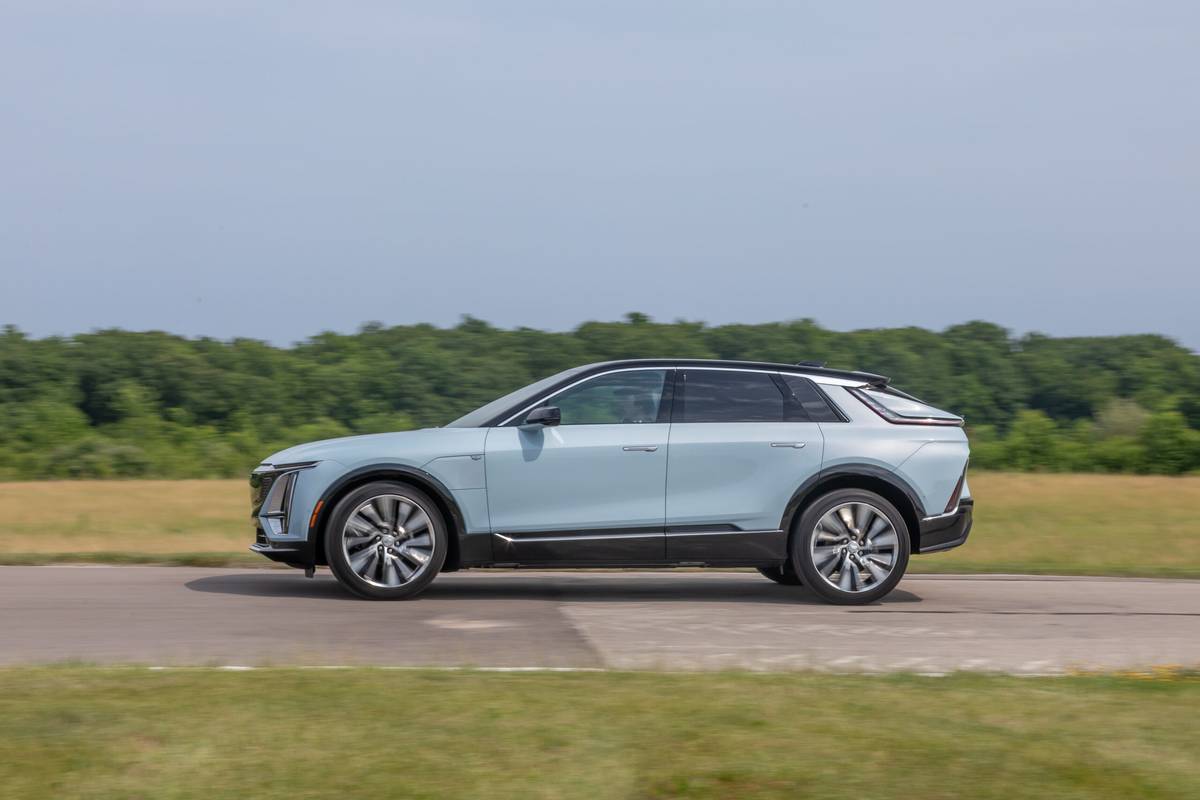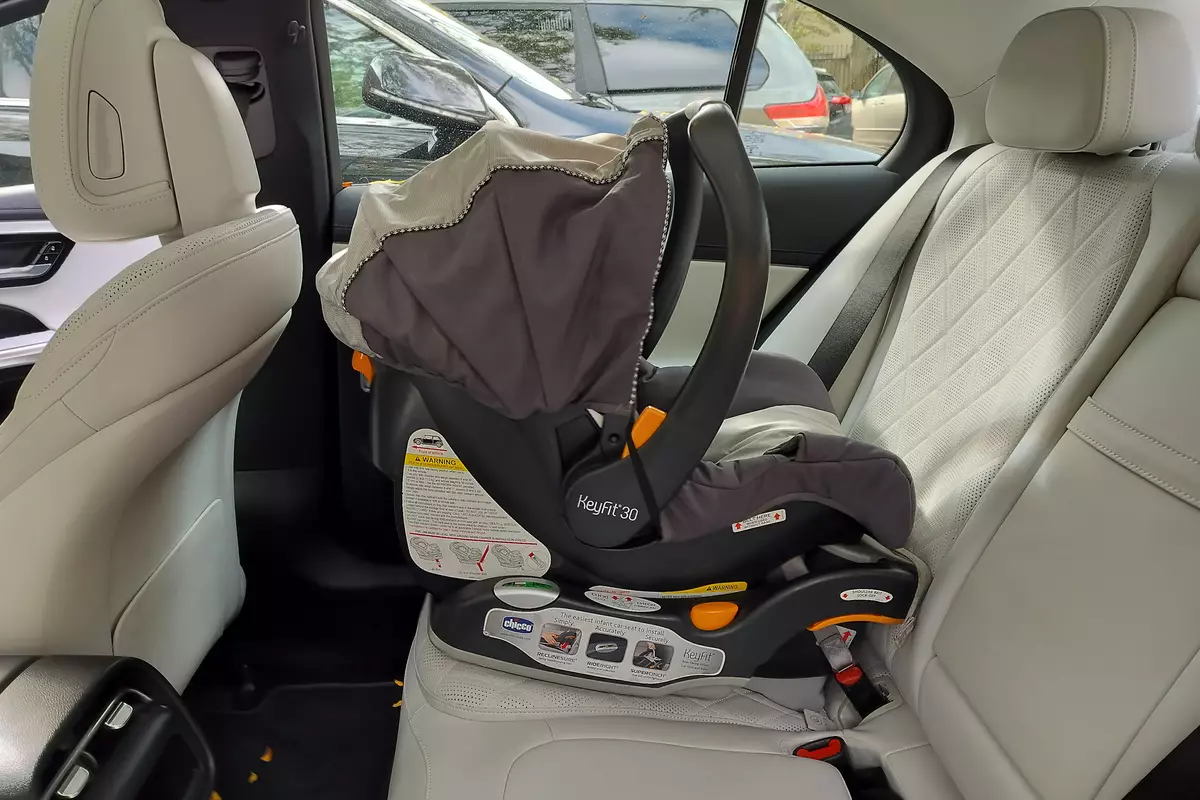Orlando Sentinel's view
The new-for-2009 Nissan Maxima — the sixth generation of the company’s flagship sedan — makes me recall some small stickers Nissan placed in the rear side windows of the Maxima several generations back that said “4DSC.”
Nissan said it stood for “4-Door Sports Car,” which was a stretch, but there was no denying that compared with, say, the Toyota Camry and Honda Accord, the Maxima definitely appealed more to the sporting audience.
When the Nissan Altima was redesigned in 2002, the company made it substantially larger and more upscale than before, and essentially it became the Camry and Accord fighter, leaving the Maxima without a clear purpose.
For 2009, Nissan hopes that the Maxima’s role within the company’s lineup finally becomes clear. I’m not sure that it has. Still, this is an exceptionally nice car — but so is a loaded Altima, which is roughly the same size and considerably cheaper. But giving the car some fresh looks and a boost in power, as well as a return to a moderately sportier feel than last year, make this Maxima justify what’s written in big letters on the window sticker: “The 4-door sports car.”
Part of the 2009 Maxima’s appeal comes from the fact that Nissan did something most manufacturers aren’t doing with existing models: They made the Maxima smaller, reducing the overall length by nearly four inches and the wheelbase by about three inches. They added more than an inch to the width, though, and because of that and some thoughtful interior packaging, the Maxima is plenty roomy, with a reasonably large trunk.
Under the hood, as it has been for years, is a 3.5-liter V-6, but while the size has remained the same, Nissan engineers continue to improve the engine, bumping horsepower to 290 from last year’s 255. Still, fuel mileage remains reasonably good at an EPA-rated 19 mpg in the city, 26 mpg on the highway.
The transmission is a CVT, or continuously variable transmission, which operates like an automatic, but doesn’t have a set number of four, five or six gears. Using belts and pulleys, the transmission makes tiny adjustments as you accelerate though you never feel a shift — sort of like a boat: as you increase power, you just go faster. Plenty of companies including Honda, Ford and Chrysler have offered CVTs, and they work fine, but the long-touted fuel-economy improvement that they once promised has never really materialized. To me, a CVT is neither a plus nor a minus — it just is.
On the road, the Maxima’s increased horsepower and smaller size make acceleration impressive and handling more nimble, but the ride remains close to luxury-car smooth.
Inside, the test Maxima — an SV model, which is more deluxe than the base S model — is also as nice as any luxury car, with leather upholstery, a Bose sound system and an overall premium look and feel. The Maxima S starts at $29,290, and this SV started at $31,990, and ended up at $35,130 after adding in destination fees and options, most notably a $2,300 “sport package” that included bigger 19-inch tires and wheels, a firmer suspension, XM satellite radio, a rear spoiler and a generally upgraded interior.
The base Maxima has the same engine and transmission as the SV, and for less than $30,000, it’s an appealing bargain.
At upwards of $35,000, the SV is still a bargain, too, if you compare it with some European imports or entry-level Japanese luxury cars, including some of the Maxima’s Infiniti brethren.
4DSC? Closer than it was last year, anyway.
Steven Cole Smithcan be reached at scsmith@orlandosentinel.com or 407-420-5699.
Latest news



